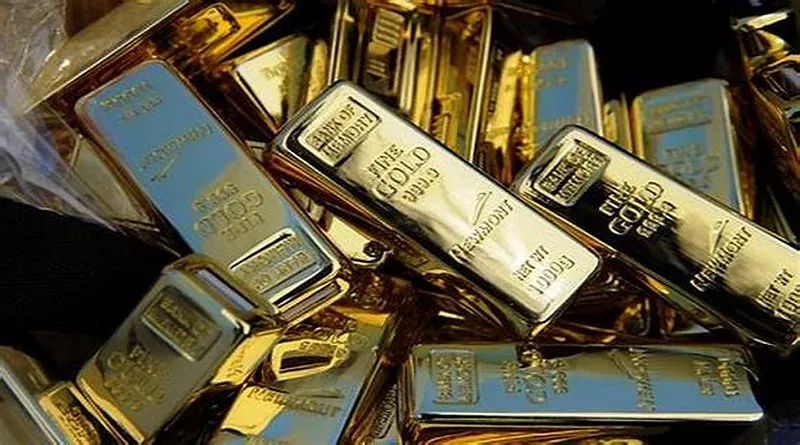Gold prices climbed during Asian trading on Monday, taking advantage of a decline in the dollar following softer-than-expected U.S. payrolls data. The release of this data prompted traders to increase their bets on potential interest rate cuts by the Federal Reserve.
Spot gold gained 0.4% to reach $2,310.05 per ounce, while gold futures expiring in June also rose by 0.4% to $2,318.70 per ounce by 00:31 ET (04:31 GMT).
The rise in gold prices was somewhat tempered by an improved risk appetite among investors, who shifted towards more risk-exposed assets like stocks in response to Friday’s nonfarm payrolls data.
Gold’s recent gains came after a significant pullback from record highs over the past few weeks, which was driven by concerns over sustained high interest rates and reduced safe-haven demand.
The decline in the dollar, down 0.8% last week, also contributed to gold’s rebound. This drop was largely influenced by Friday’s payrolls report, which fueled expectations of Fed rate cuts starting as early as September.
While a cooling labor market provides rationale for rate cuts, the Fed’s primary concern remains stubborn inflation, which exceeded the central bank’s 2% target in the first quarter. This led traders to scale back expectations for rate cuts this year.
High interest rates unfavorably impact gold as they increase the opportunity cost of holding the precious metal.
Market attention this week will be on speeches from key Fed officials, which are expected to provide further insights into future interest rate decisions.
In the broader metals market, platinum futures declined by 0.3% to $962.60 per ounce, while silver futures surged by 1.7% to $27.130 per ounce.
Meanwhile, copper prices rose on Monday, nearing two-year highs amid a weaker dollar. Three-month copper futures on the London Metal Exchange climbed by 1.7% to $9,930.0 per ton, and one-month copper futures rose by 0.5% to $4.5888 per pound. Expectations of tighter markets due to metal sanctions against Russia and improving demand from China, the top importer, continued to support copper prices.


